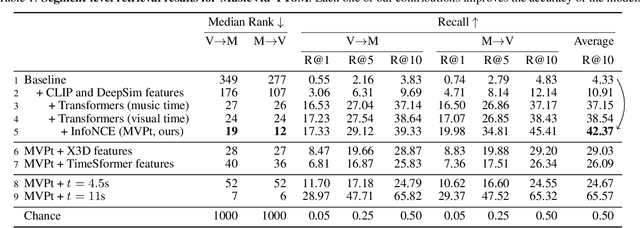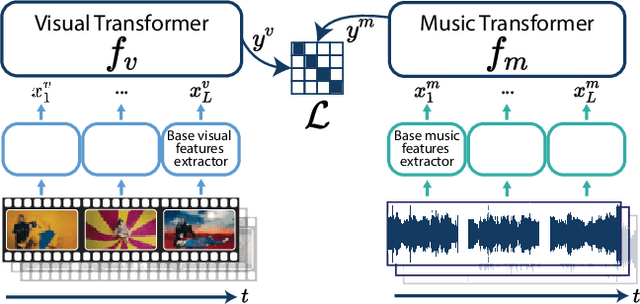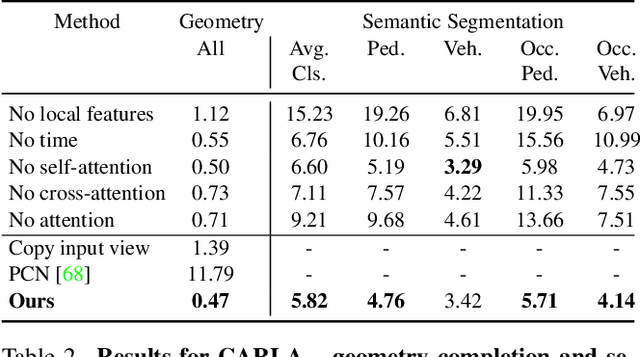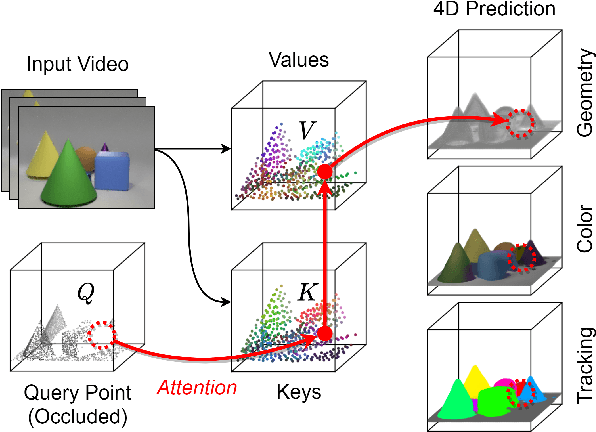Didac Suris
It's Time for Artistic Correspondence in Music and Video
Jun 14, 2022



Abstract:We present an approach for recommending a music track for a given video, and vice versa, based on both their temporal alignment and their correspondence at an artistic level. We propose a self-supervised approach that learns this correspondence directly from data, without any need of human annotations. In order to capture the high-level concepts that are required to solve the task, we propose modeling the long-term temporal context of both the video and the music signals, using Transformer networks for each modality. Experiments show that this approach strongly outperforms alternatives that do not exploit the temporal context. The combination of our contributions improve retrieval accuracy up to 10x over prior state of the art. This strong improvement allows us to introduce a wide range of analyses and applications. For instance, we can condition music retrieval based on visually defined attributes.
Revealing Occlusions with 4D Neural Fields
Apr 22, 2022



Abstract:For computer vision systems to operate in dynamic situations, they need to be able to represent and reason about object permanence. We introduce a framework for learning to estimate 4D visual representations from monocular RGB-D, which is able to persist objects, even once they become obstructed by occlusions. Unlike traditional video representations, we encode point clouds into a continuous representation, which permits the model to attend across the spatiotemporal context to resolve occlusions. On two large video datasets that we release along with this paper, our experiments show that the representation is able to successfully reveal occlusions for several tasks, without any architectural changes. Visualizations show that the attention mechanism automatically learns to follow occluded objects. Since our approach can be trained end-to-end and is easily adaptable, we believe it will be useful for handling occlusions in many video understanding tasks. Data, code, and models are available at https://occlusions.cs.columbia.edu/.
 Add to Chrome
Add to Chrome Add to Firefox
Add to Firefox Add to Edge
Add to Edge